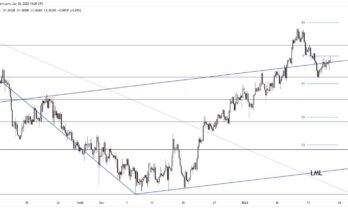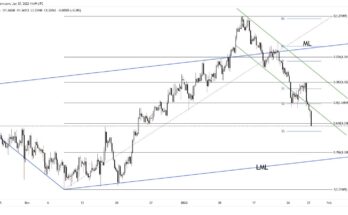The US Fed delivered the anticipated further USD 10 bln of tapering at their meeting last night. There were some thoughts that they may stall owing to the instability seen in emerging markets over the past week, but that was never a strong possibility in our view. Instead, the steady withdrawal of monthly stimulus continued.
In the early part of the USD 10 bln of tapering, we are seeing the dollar firmer against both the euro and sterling as a result. In emerging markets, South Africa surprised yesterday with an interest rate increase, which was not expected by the market. Still, the reaction on the rand was not what the South African central bank expected, given that the currency weakened as a result (by around 1%), on the back of the uncertainty of the future path of rates from here.
Comparisons are being drawn between other periods of currency stress, such as the late 90s in Asia and also the sterling crisis of ‘92 in the UK. But remember both of these were linked to exchange rates that were either pegged or trading in a band, whereas now we are dealing with more free-floating exchange rates, so currencies should, in theory at least, not become so misaligned. But as the emerging market correction last year (May to September) showed us, this sector was always going to be sensitive to Fed tapering and accommodating it is never going to be a smooth process. For majors, this should mean that the yen, Swiss franc and also to a degree the euro continue to be supported vs. the US dollar.
Further reading:Â USD/CAD: Trading the Canadian GDP
USD 10 bln of tapering



